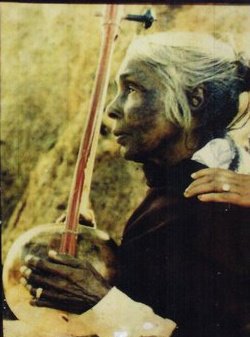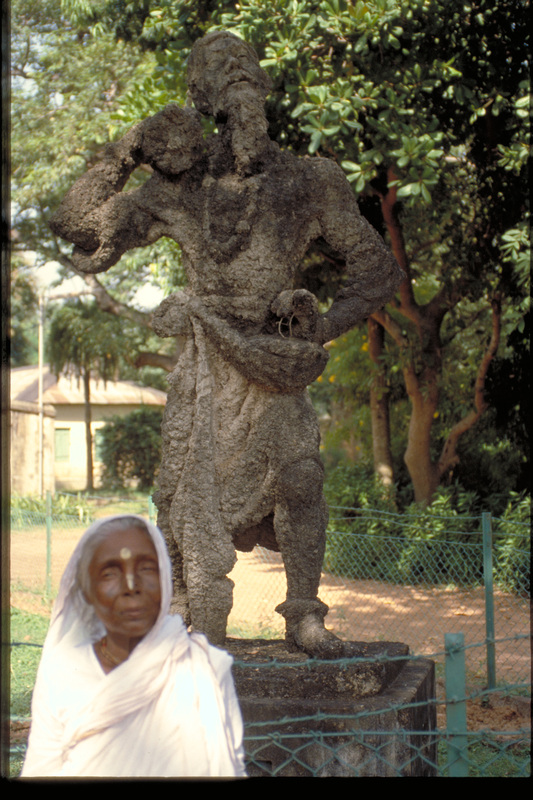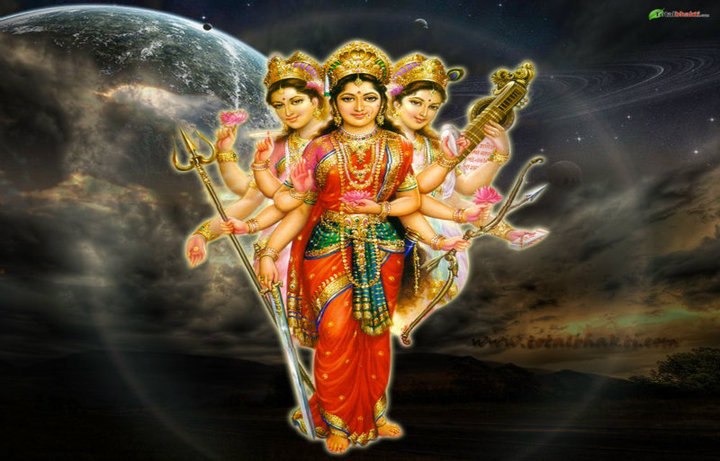
The two schools of Vaishnavism and Shaivism create unity in diversity of thoughts. They appear both as independent and interdependent but hardly repulsive in terms of bhakti. Hindus are used to opposing symbolisms and accommodate a wide variety of beliefs and traditions. While Vaishanavites hold Lord Vishnu and Shivites hold Lord Shiva as Supreme, the compromise generally comes from the consensus of bhakti marriages and the concept if one formless Brahman. This compromise is soothing. Hindus have also never hesitated to find a compromise at the satguna level – God with attributes.
‘Hariharanatha’ is the Lord who is both Hari –Vishnu and Hara-Shiva.
Perhaps this God is the greatest compromise of the great strife between Shivites and Vishnavites. Hariharanath is also Shankaranarayana. Shankara is Siva and Narayana is Vishnu. Hariharanth is revered and worshipped by both Vaishanavites and Shivites. This is the beauty of the bhakti path par excellent.
As in his Ardhanari form, Hariharanath is a half split between Shiva and Vishnu. Shiva’s half has the trisul and Vishnu’s half holds the chakra conch. Shiva retains his matted locks, tiger skin clothes and is ash clad with the serpent on his half. Vishnu wears his crown, jewel adornments and is black or dark blue skinned. Siva’s blessing versus Vishnus’s lotus. Thus Siva’s half is ascetic while Vishnu balances this with his holiness. This symbolism is nothing but the duality of the several roles of Hindu Gods. “Sivasya hridayam vishnur – vishnoscha hridayam svah” – Vishnu is the heart of Siva and likewise Siva is the heart of Vishnu. Thus they are one and the same entity, says Swami Sivananda.
Yogi Ananda Saraswathi
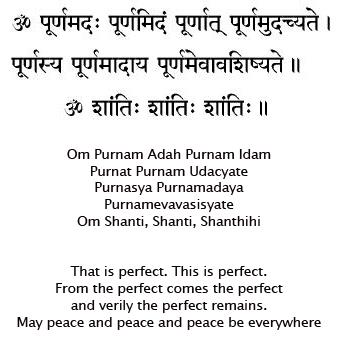

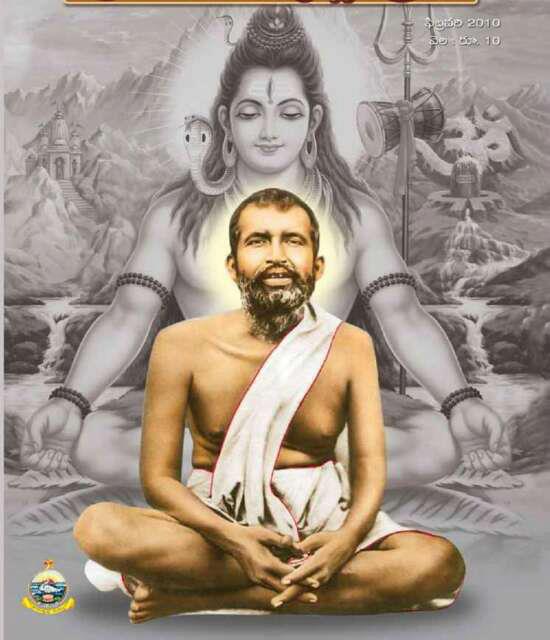

















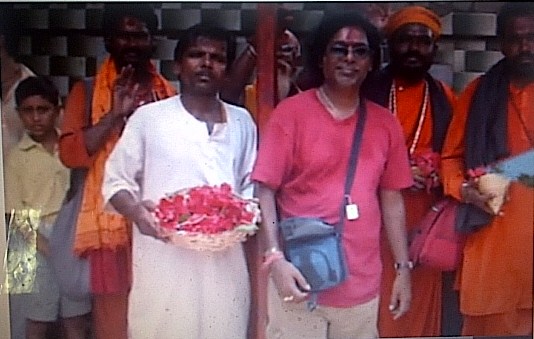




 RSS Feed
RSS Feed
